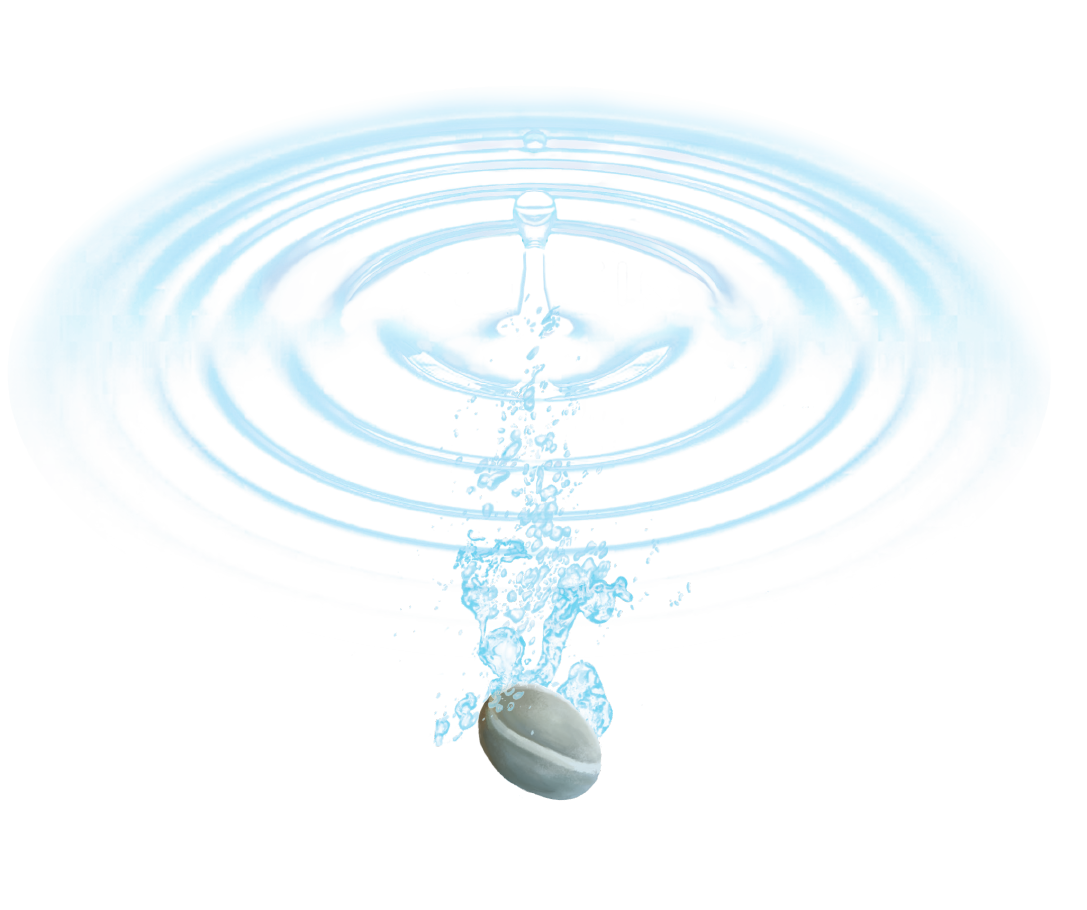Waves
Dive in!

Waves are everywhere
They paint rainbows in the sky, carry your favourite song to your ears and keep you warm on cold days: waves. They are everywhere and a fundamental part of our lives – in fact, of the whole world. But not all of them are as easy to spot as a wave in the water. We perceive most waves only indirectly: sound waves when we speak and hear, light waves when we see and X-rays when a doctor checks our body for broken bones.
Waves tell stories
Every wave has a story to tell. When we talk, sound waves convey our conversation. Light waves reveal an object’s colour and X-rays show us if we have broken a bone. Likewise, earthquake waves inform us about the Earth’s structure, and gravitational waves tell us about black holes that collided billions of years ago.
Waves in society
The concept of waves is also used to describe events in human society, such as fashion trends, migration patterns and the spread of diseases like COVID-19. And who is not familiar with the wave that travels through a crowd of fans in a stadium?
What is a wave?
Back and forth
When we hear the word ‘wave’, most of us think of water waves. We think of how they rise and fall, how they roll up on a beach or crash against the rocks. Waves fascinate and impress us with their beauty and energy, and they calm us with their rhythmic motion. But when they grow very big, they can overwhelm us

Waves in general…
We know waves and wave concepts from everyday life and from physics. In English there is only one word to describe all waves, and it probably comes from observations of moving water. The word ‘wave’ describes something that moves back and forth or up and down, that comes and goes or grows and shrinks. There are many ways in which we use the term ‘wave’ figuratively; for example, we can ride a wave of happiness, be overtaken by a wave of violence or simply ‘make waves’.
… and in particular
The propagation of ‘physical’ waves can be described and predicted precisely in mathematical terms. They occur when something is deformed temporarily so that it oscillates; this could be water, air, metal, space or an electromagnetic field. In the process, energy is transported from one place to another. An example: If we throw a stone into a lake, the impact disturbs the equilibrium of the water and sets it into motion – the water begins to oscillate. The disturbance spreads out in an orderly fashion, with ring-shaped waves forming in the water. However, the water particles only move in place and do not travel with the wave. The energy of the impact therefore spreads out without taking the matter – the water – with it. After the wave has passed through, the water returns to its equilibrium. If we see such a wave, it means that a stone might have fallen into the water somewhere. The wave ‘tells’ us about this impact – even long after the stone has sunk to the bottom.